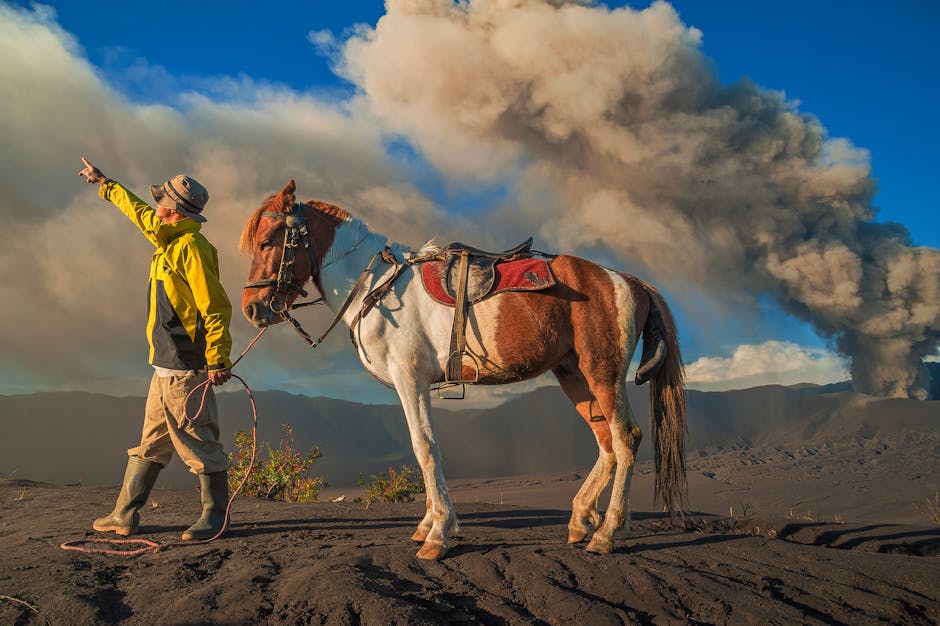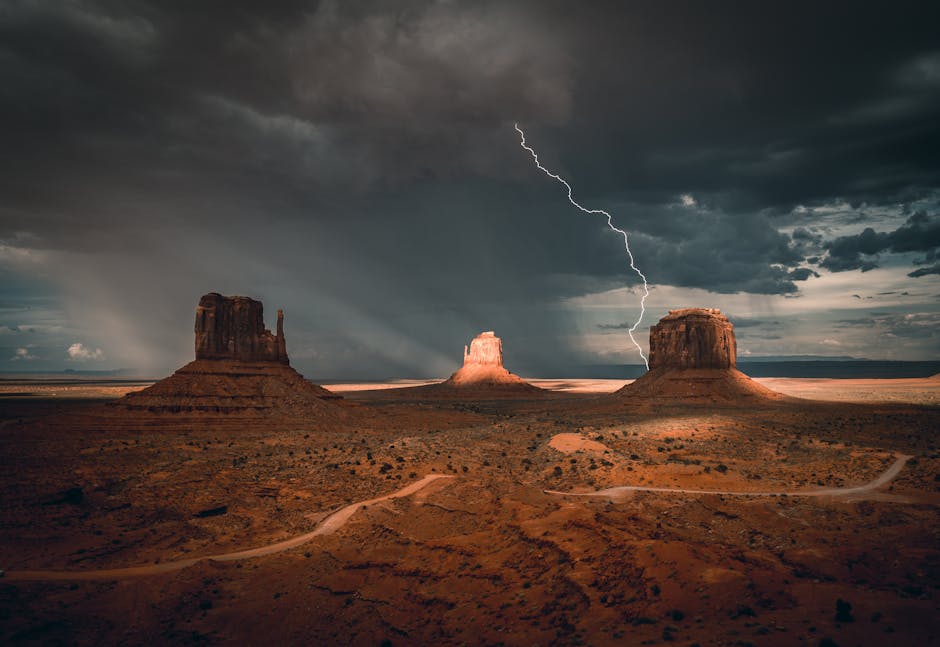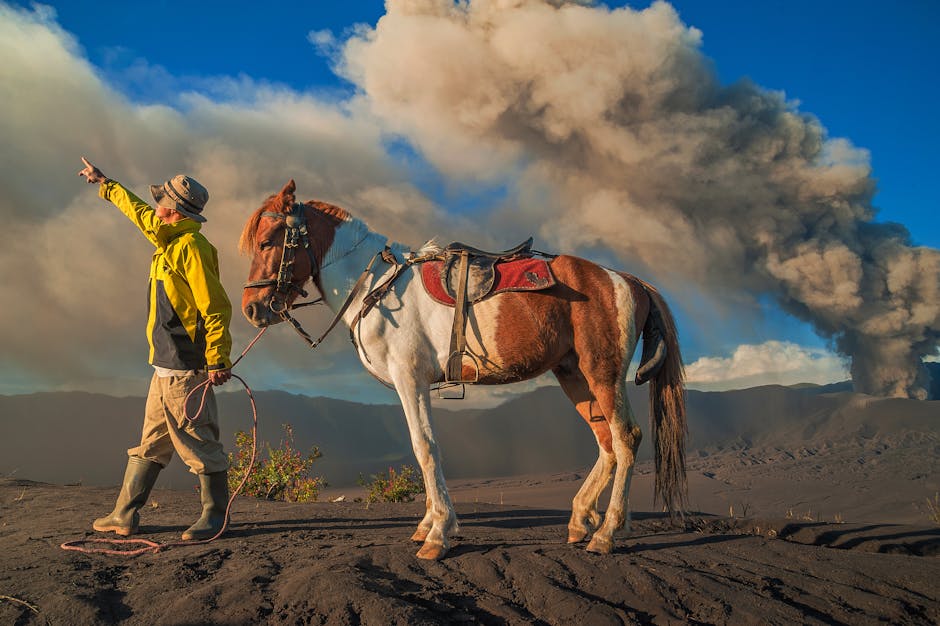Dust Storm Warning: Protecting Yourself and Your Property from the Fury of Nature
Dust Storm Warning: Protecting Yourself and Your Property from the Fury of Nature
Dust storms, also known as sandstorms or haboobs, are powerful meteorological phenomena capable of causing significant disruption, damage, and even death. Understanding the warning signs, preparing for their arrival, and knowing how to react during and after a dust storm are crucial for mitigating risk. This comprehensive guide delves into the complexities of dust storms, offering practical advice and crucial safety measures to help you and your community stay safe.
Understanding Dust Storm Formation and Warning Systems
Dust storms form when strong winds lift large amounts of sand and dust particles into the atmosphere. Several factors contribute to their formation, including:

- High winds: Strong gusts are the primary driver, capable of lifting loose sediment over vast distances.
- Dry soil: Unprotected, dry soil is easily picked up by the wind.
- Temperature differences: Significant temperature gradients can create atmospheric instability, leading to gusty winds.
- Thunderstorms: Downdrafts from thunderstorms can generate powerful, localized winds capable of triggering dust storms, often referred to as haboobs.
Predicting dust storms with accuracy is crucial, and meteorological agencies worldwide employ sophisticated weather monitoring systems and forecasting models. These systems use satellite imagery, radar data, and ground-based weather stations to track atmospheric conditions and issue warnings when a dust storm is imminent. Staying informed through official weather alerts, apps, and local news channels is paramount. Warning systems typically include:

- Dust storm watches: Indicate conditions are favorable for a dust storm to develop.
- Dust storm warnings: Alert that a dust storm is happening or is expected to develop imminently.
- Dust storm advisories: Suggest that blowing dust could impact visibility or cause travel difficulties.
Preparing for a Dust Storm: Preemptive Measures
Preparation is key to mitigating the risks associated with a dust storm. Preemptive measures can significantly reduce the impact on your life and property:

Home Preparation:
- Secure loose objects: Bring anything that could be blown away indoors, including garden furniture, potted plants, and outdoor decorations.
- Protect windows and doors: Reinforce windows and seal any gaps to prevent dust ingress.
- Prepare an emergency kit: Gather essential supplies including water, non-perishable food, flashlights, batteries, first-aid kit, medications, and important documents.
- Fill your vehicle’s gas tank: Ensure you have a full tank in case of evacuation.
- Charge electronic devices: Keep phones, radios, and other electronic devices fully charged.
Vehicle Preparation:
- Check your vehicle: Ensure your car is in good working order, with sufficient fuel.
- Maintain visibility: Keep your headlights on low beam during the storm for increased visibility.
- Avoid driving during a storm: If possible, avoid travel during a dust storm. If you must travel, reduce speed and increase following distance significantly.
Responding to a Dust Storm: Safety Measures During the Storm
During a dust storm, prioritizing safety is paramount. Here’s what you should do:
- Stay indoors: Seek shelter immediately in a sturdy building. Close and secure all doors and windows.
- Avoid driving: Driving during a dust storm is extremely dangerous due to significantly reduced visibility. If you are caught on the road, pull over to a safe location away from traffic, turn off your engine, and wait for the storm to pass.
- Protect your respiratory system: Use a dust mask or cover your nose and mouth with a damp cloth to minimize dust inhalation.
- Keep informed: Listen to weather reports and official announcements for updates on the storm’s progress.
- Protect your eyes: Dust can cause eye irritation, so wear protective eyewear.
- Conserve water: Limit water usage to conserve supplies if the storm persists.
Post-Dust Storm Actions: Clean-up and Recovery
Once the dust storm has passed, it’s crucial to take steps to clean up and ensure your safety and the safety of your community. Post-storm actions include:
- Check for damage: Inspect your property for any damage, including structural damage to your home, vehicle damage, or damage to property.
- Clean up debris: Remove any debris and dust accumulated on your property.
- Check on neighbors: Check on elderly neighbours or those who may require assistance.
- Avoid driving unless necessary: Road conditions may be hazardous due to limited visibility.
- Report damage: Report any significant damage to authorities, insurance companies, or utility providers.
- Monitor your health: If you experience respiratory issues or other health problems, seek medical attention.
Long-Term Mitigation Strategies: Preventing Future Dust Storms
While we cannot prevent dust storms entirely, implementing long-term mitigation strategies can reduce their frequency and intensity. These strategies include:
- Sustainable land management: Protecting and restoring vegetation can help stabilize soil, reducing the amount of dust available to be carried by the wind.
- Afforestation and reforestation: Planting trees and shrubs can help bind soil together and reduce wind erosion.
- Water management: Improving water management practices can help to prevent desertification, which can contribute to dust storm formation.
- Urban planning: Careful urban planning can help to mitigate dust storms by reducing exposed soil and wind channels.
- Public awareness campaigns: Educating the public on the causes, risks, and mitigation strategies for dust storms is crucial for community preparedness.
Dust Storm Impacts: Environmental and Societal Consequences
Dust storms have far-reaching consequences that extend beyond immediate property damage. They can impact:
- Human health: Dust storms can exacerbate respiratory illnesses, such as asthma and bronchitis. They can also lead to eye irritation and other health problems.
- Agriculture: Dust storms can damage crops, reduce yields, and contaminate water supplies, leading to economic losses for farmers and food security challenges.
- Transportation: Dust storms significantly reduce visibility, leading to traffic accidents and transportation delays.
- Infrastructure: Strong winds can damage power lines, roads, buildings, and other infrastructure.
- Environment: Dust storms contribute to air pollution and can affect air quality over vast regions.
- Climate change: Dust storms can influence regional and global climate patterns, affecting weather systems and atmospheric circulation.
Understanding the multifaceted nature of dust storms, from their formation and warning systems to their long-term consequences, empowers us to be better prepared and react more effectively. By implementing preventative measures, taking appropriate safety precautions, and engaging in post-storm recovery efforts, we can minimize the impact of these powerful natural events and ensure the safety and well-being of our communities.




